Giuseppe Festino's 'Robot' Covers

Through the magic of Google Translate, I'm pleased to bring you a catalog of every issue of the Italian sci-fi magazine Robot, which ran its first series of 40 issues from April 1976 to August 1979, and is still running the second series, which launched in 2003. It had a handful of specials as well.
The details on every issue are available on the Italian website Fantascienza Book Club, and it's a great resource to have, given that my beloved ISFDB.org has a bias towards English-language speculative fiction.
The catalog includes covers for each issue, so I've already learned a fun fact: The debut issue re-uses one of my favorite John Schoenherr illustrations, originally done as the 1963 cover to Mark Phillips' The Impossibles, a story about a detective tracking a teleporting criminal. It's been horizontally flipped.
If you've read my art book Worlds Beyond Time, you might remember it from page 80: I think this image is one of the best for illustrating John Schoenherr's immense talent for composition. Who else would think to use a teleporting abdomen as the frame to highlight another figure?
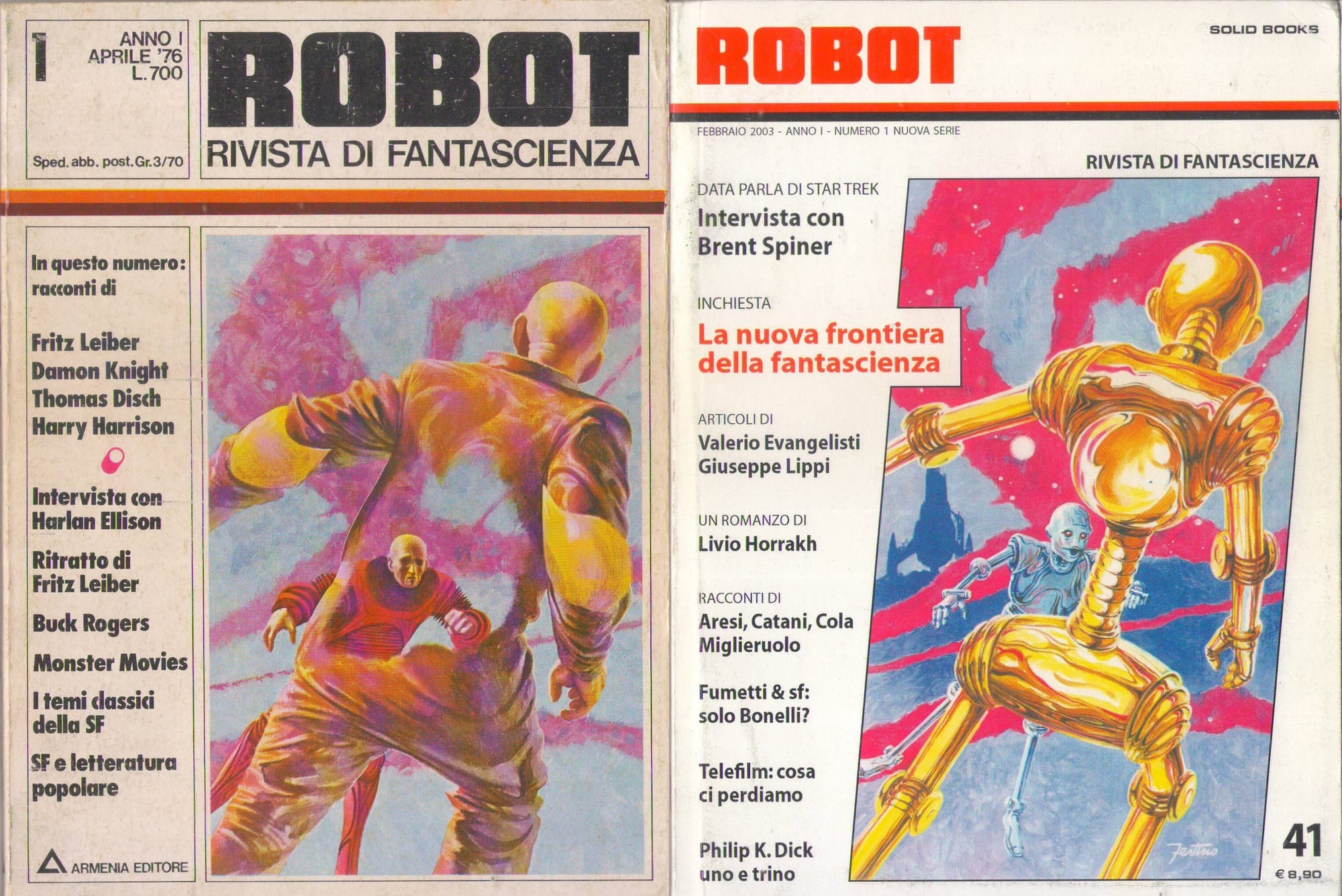
For the 2003 relaunch, long-time Robot illustrator Giuseppe Festino did an homage to the original Schoenherr cover, replacing the figures with robots. It's really cool to see a re-imagining like this, although I'd be surprised if Schoenherr authorized it, or had any idea it existed.
Giuseppe Festino's career with Robot began way back with issue #7, October 1976. The Fantascienza catalog credits every other issue from #1-10 to "Grazia Neri Agency – Milan," even the one by Schoenherr.
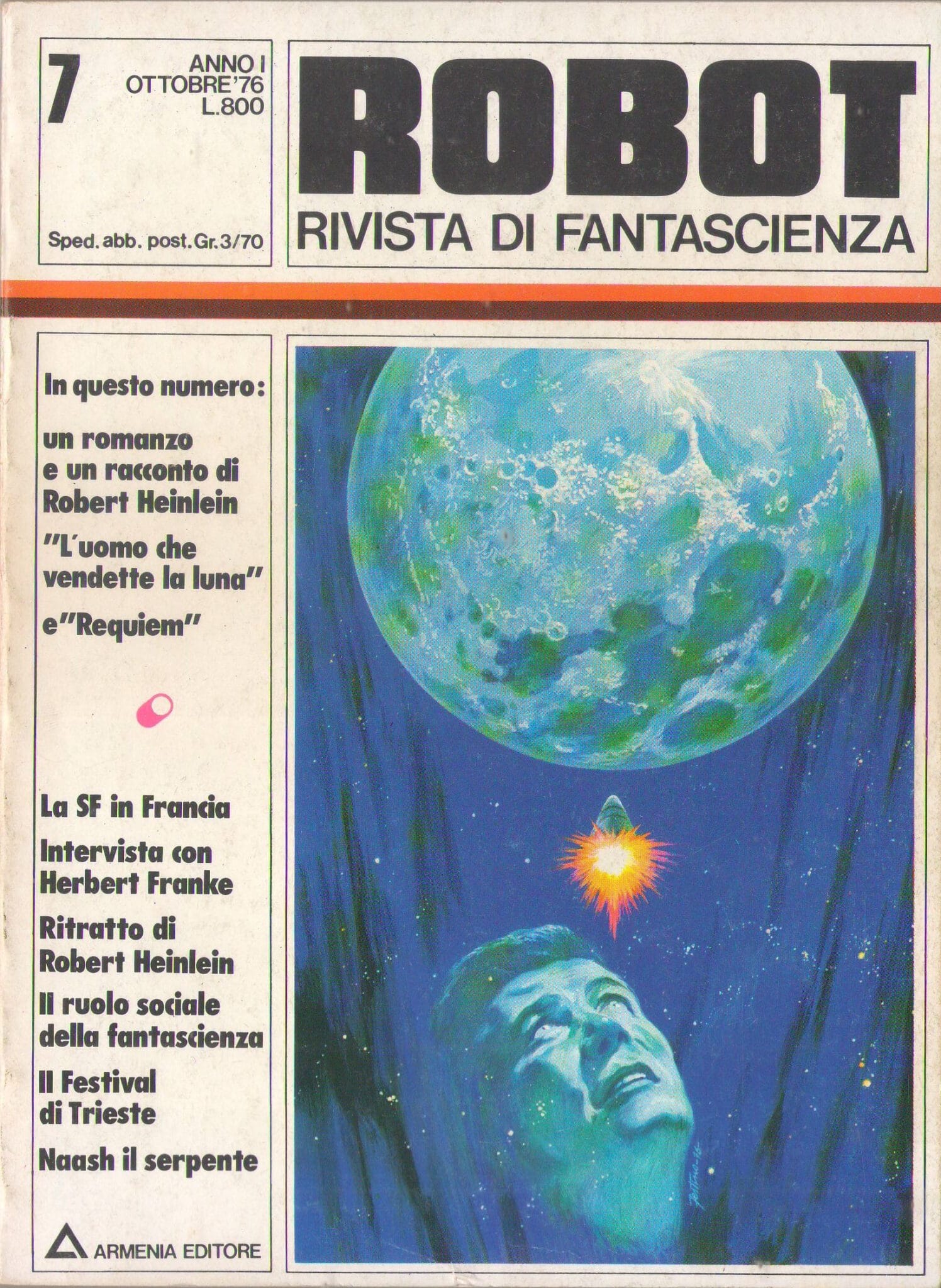
From #11 on, though, Festino does all but a handful of covers, illustrating a vibrant selection of classic sci-fi scenes.
Here are all of his covers from the first series of Robot. I like some more than others and the scan quality isn't amazing, but keep scrolling – Festino's final run of 8 or so covers is nothing but bangers.
You can check out the catalog link for the full covers - I've cropped the ones below to showcase just the art itself.


11 and 12. The underwater scene is such a classic trope that Festino got to it on his third cover.
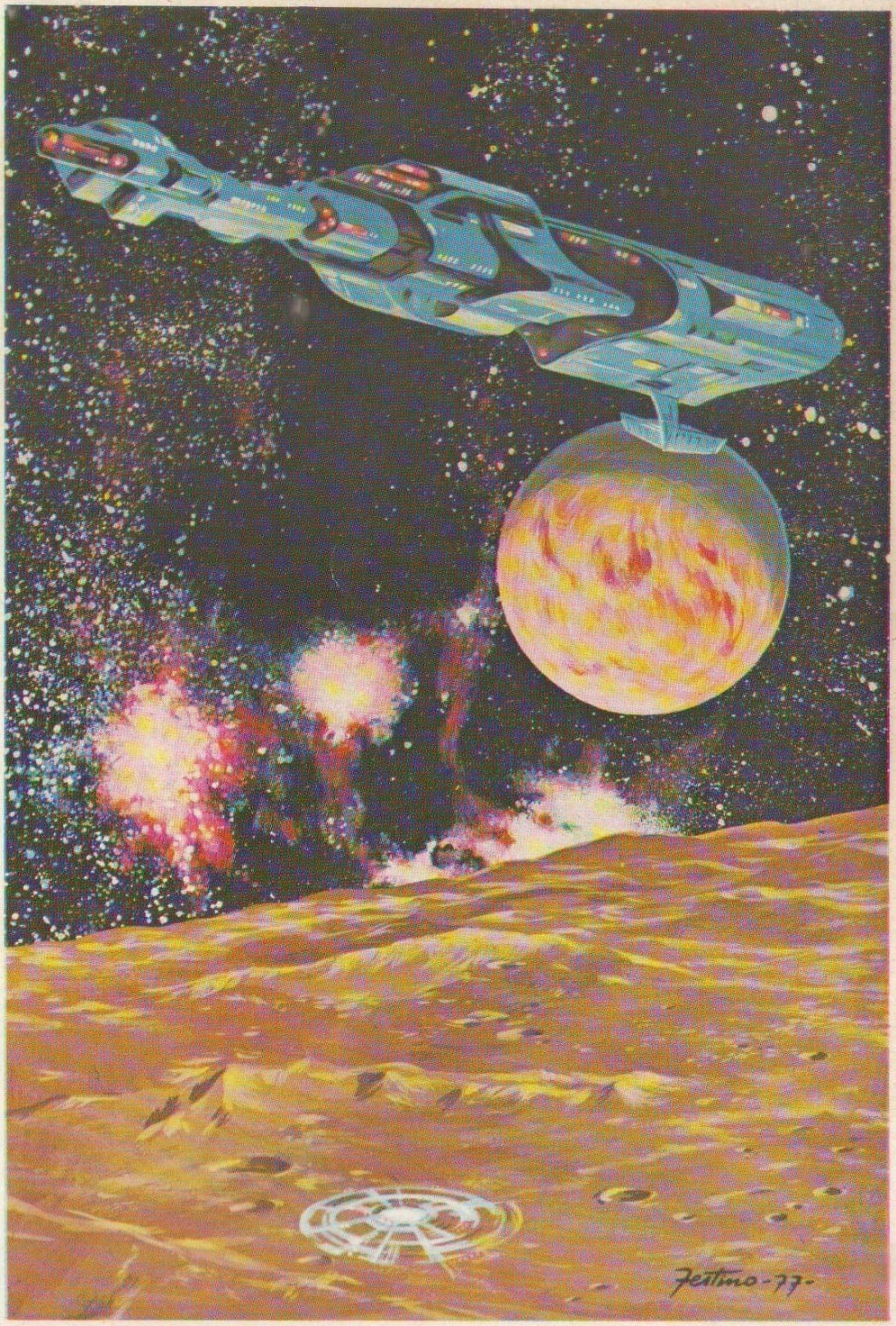

13 and 14. This ones are fine; not my favorites.
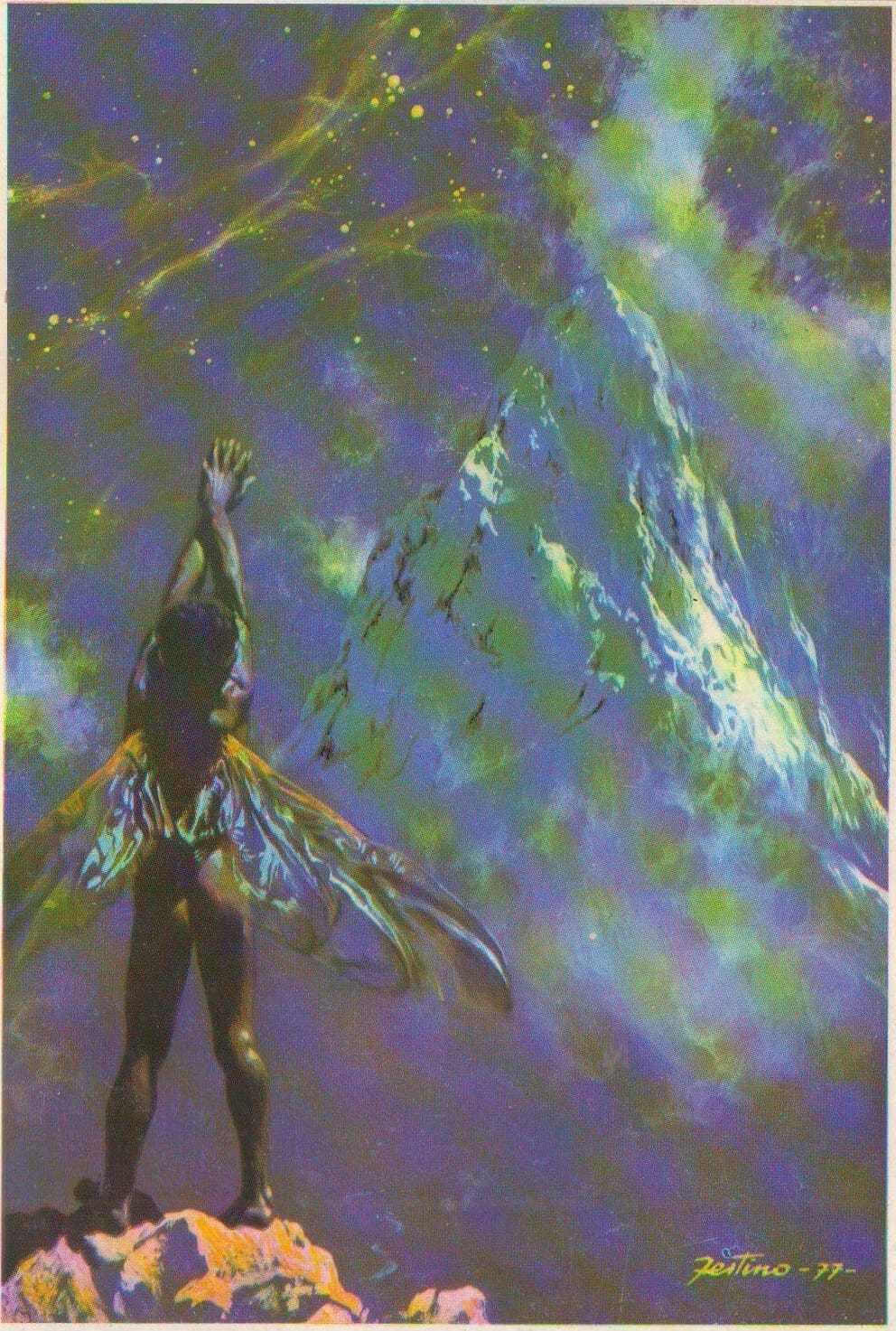
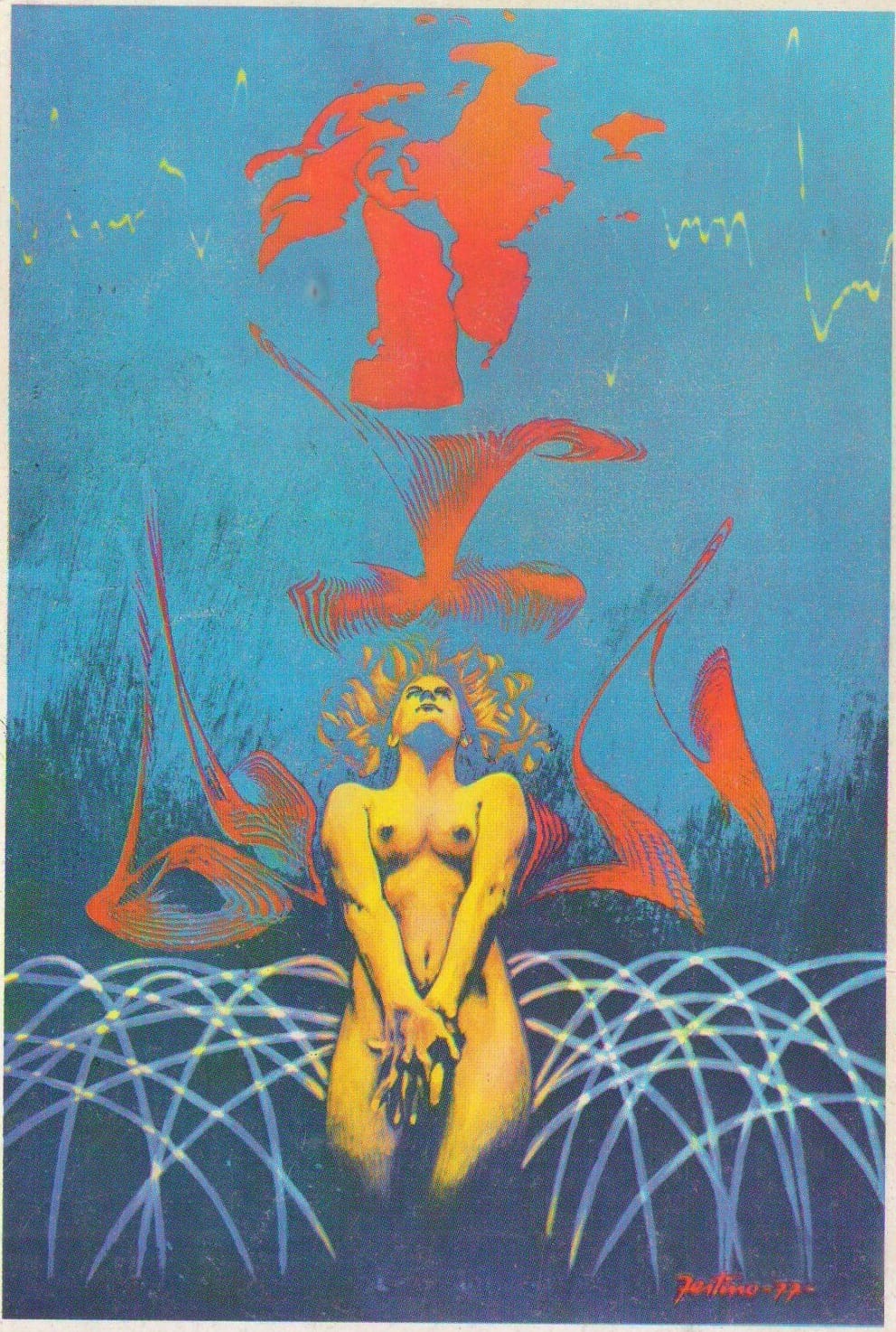
16/17 (double issue) and 18. I love the insect wings on the human figure - simple concepts play well on covers.

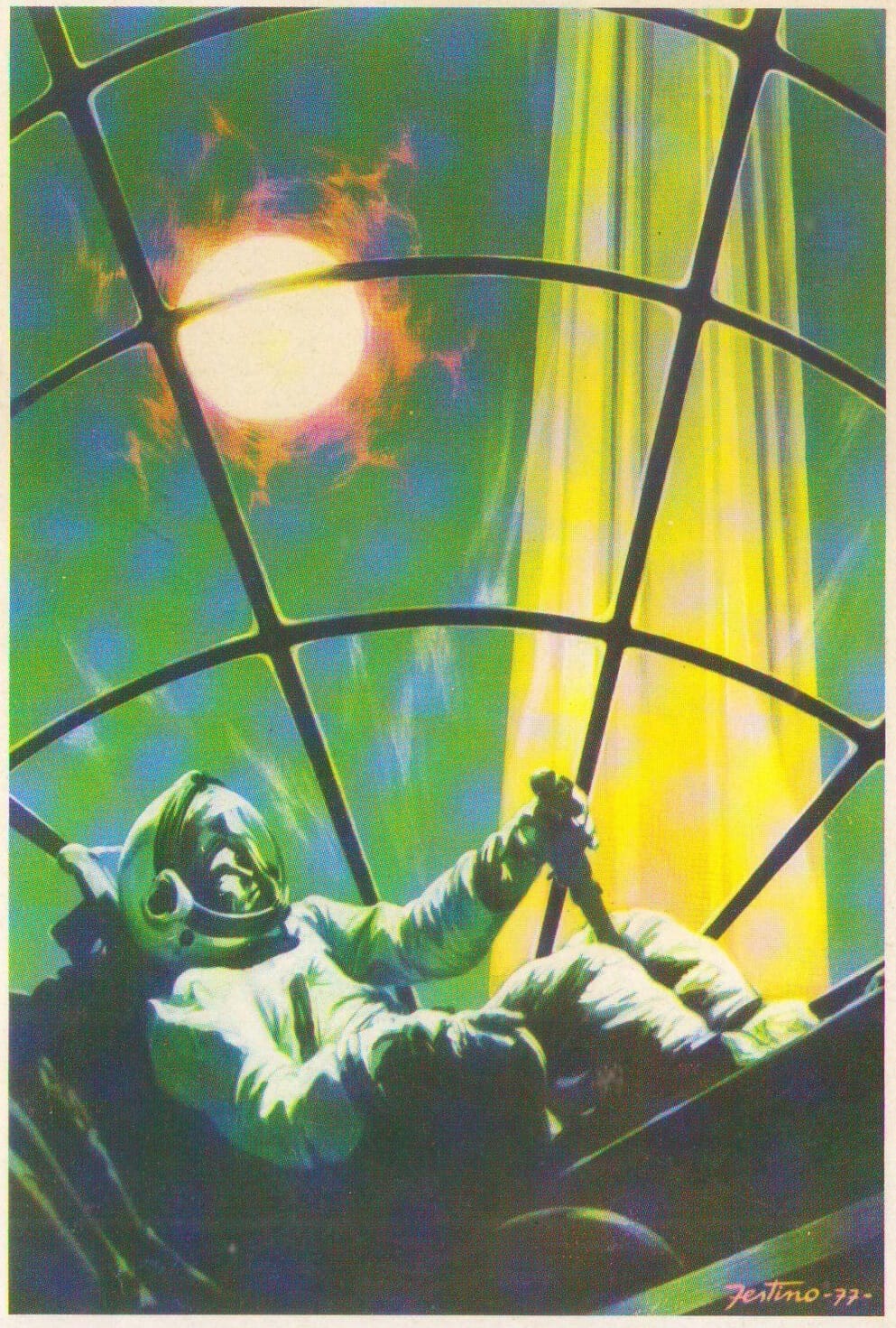
19 and 21. I love the spaceship flying past the sailing ship.
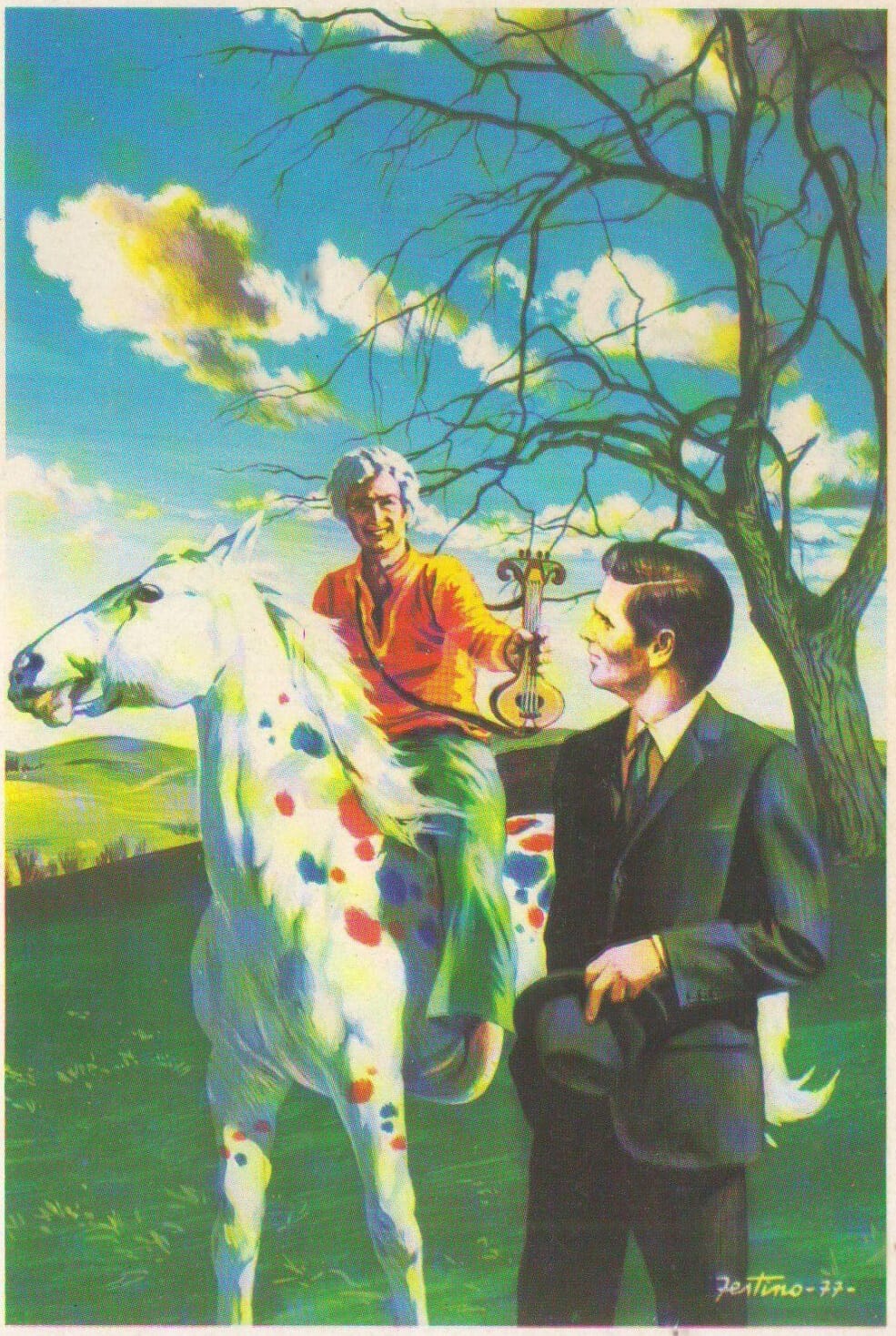
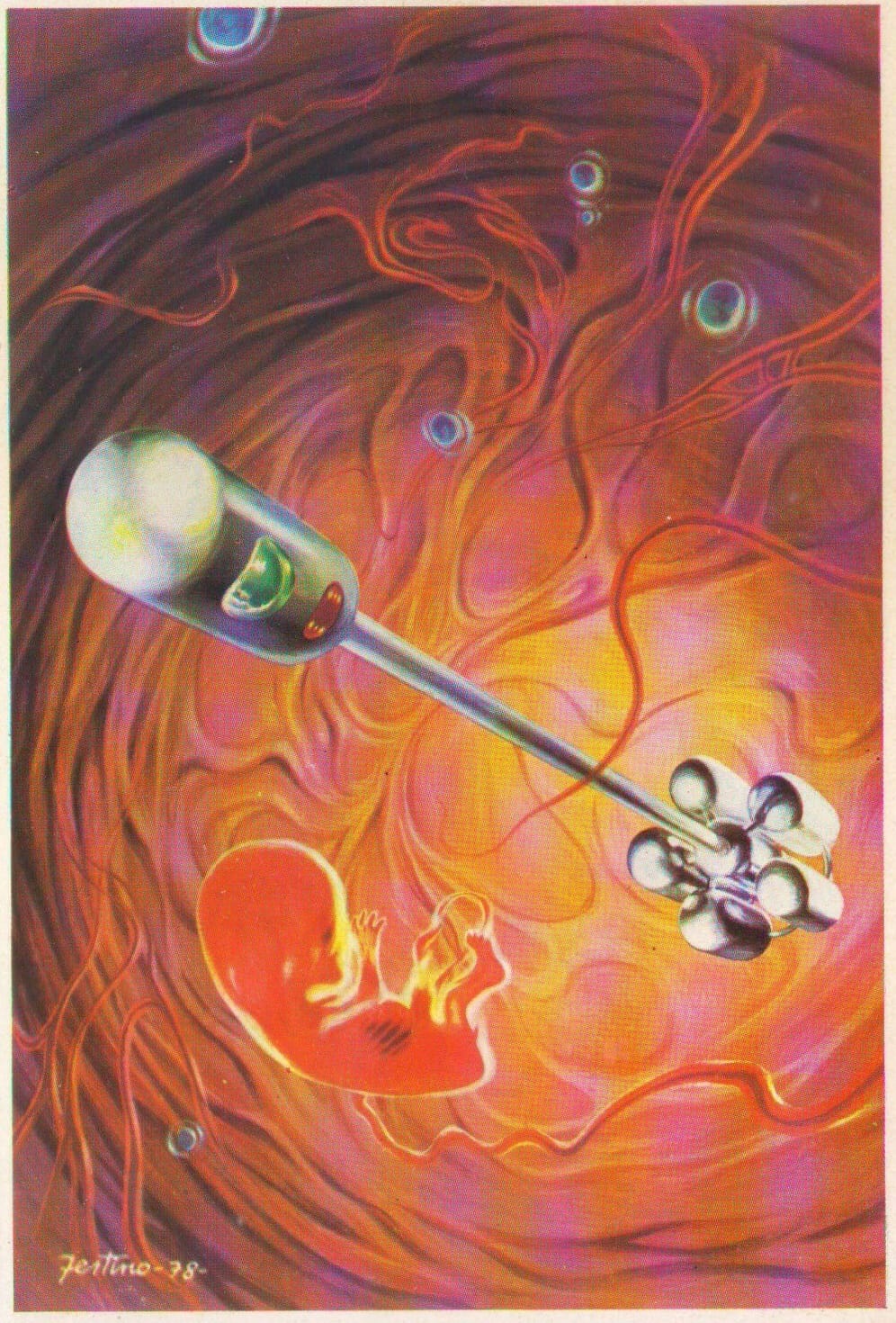
22 and 23. The 22 cover is apparently illustrating John Brunner's "Imprint of Chaos."
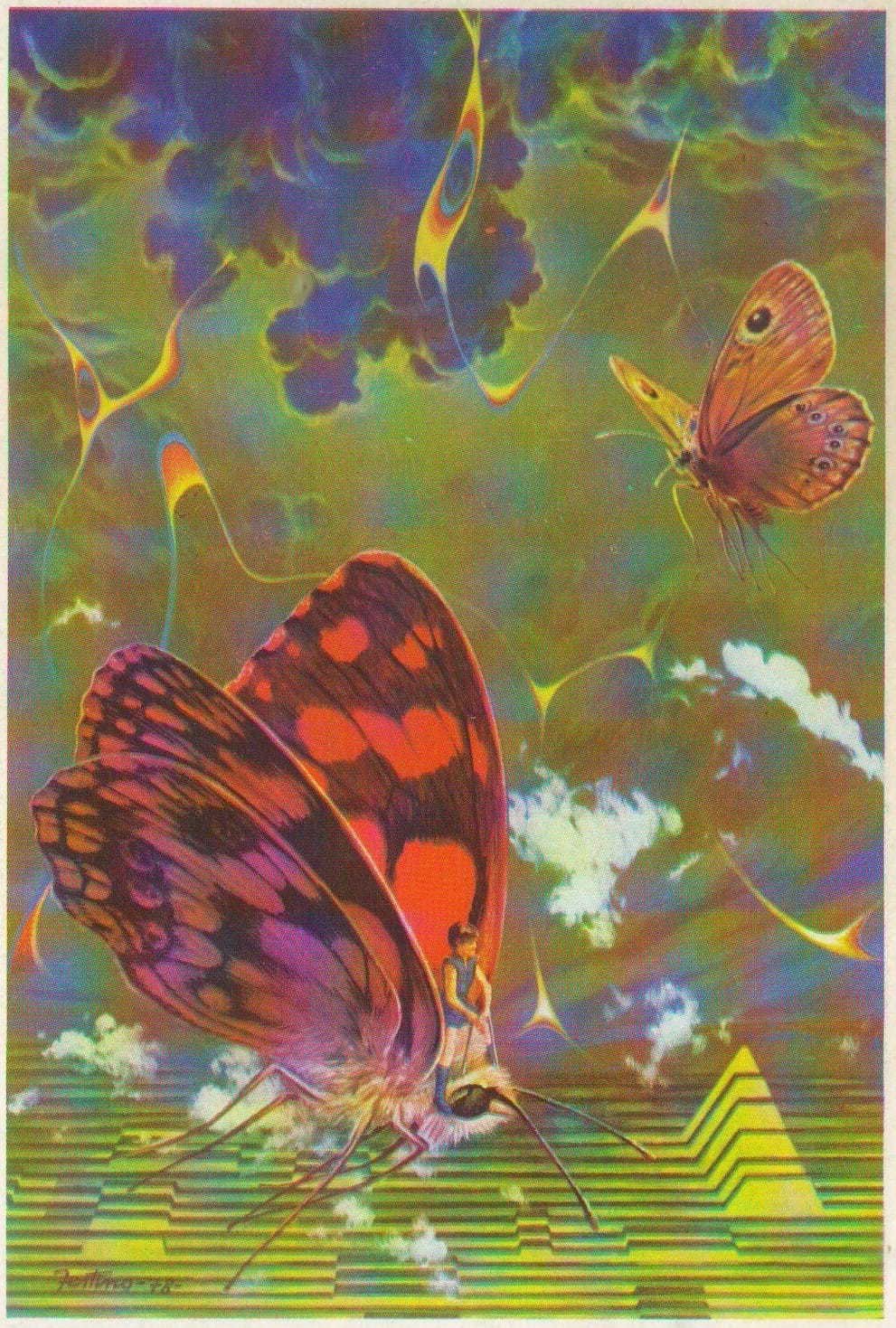
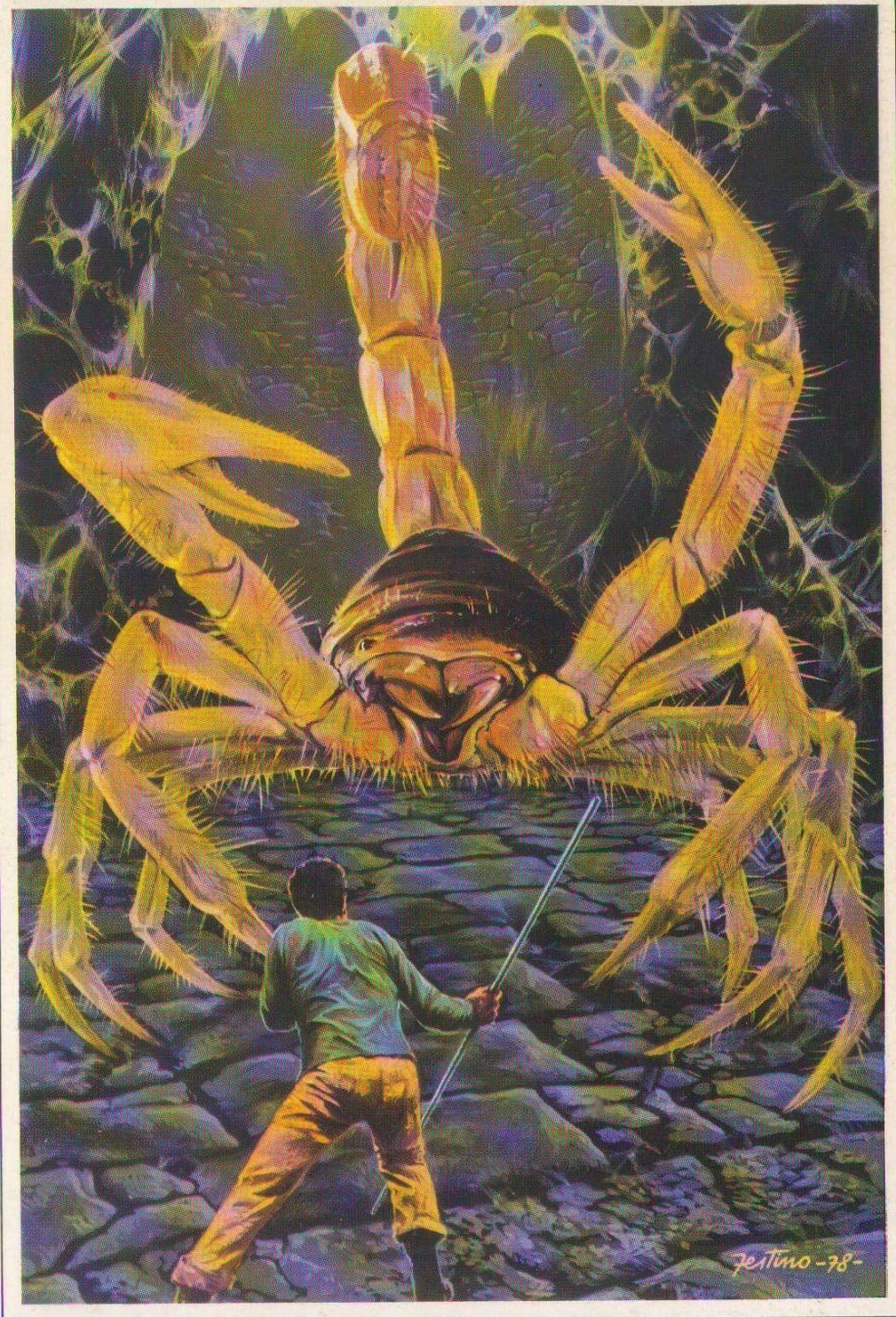
24 and 25. The 25 cover appears to be inspired by a 1969 cover for Richard Matheson's The Shrinking Man. That cover was uncredited, but was likely Dean Ellis, which would make this influence yet another example of Ellis's underacknowledged legacy.
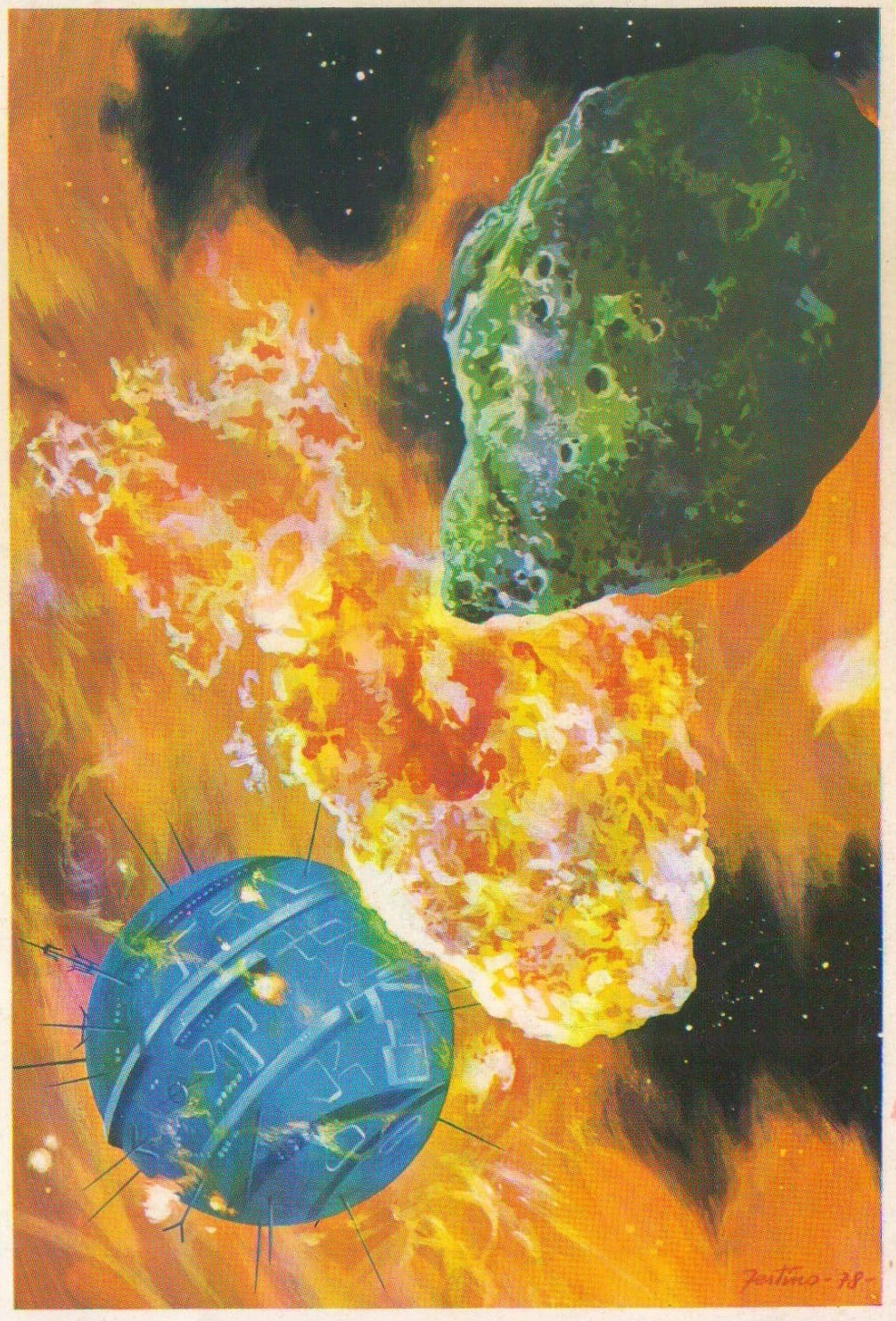

26 and 27. I love that forest monster illustration! A GOAT Festino cover.

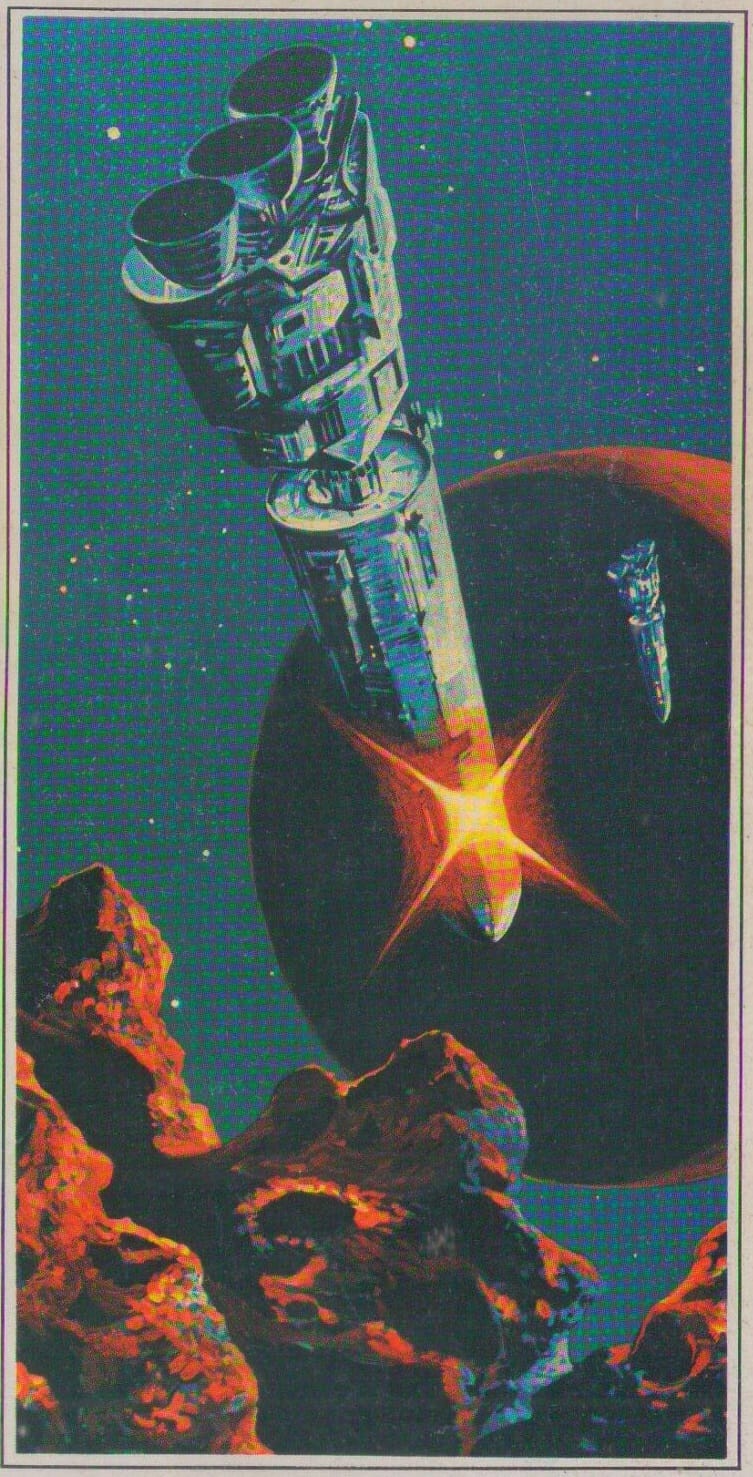
28/29 and 30. The double issue cover is illustrating the Star Wars cash-in film Starcrash. The cover art gets thinner, starting with issue 30.

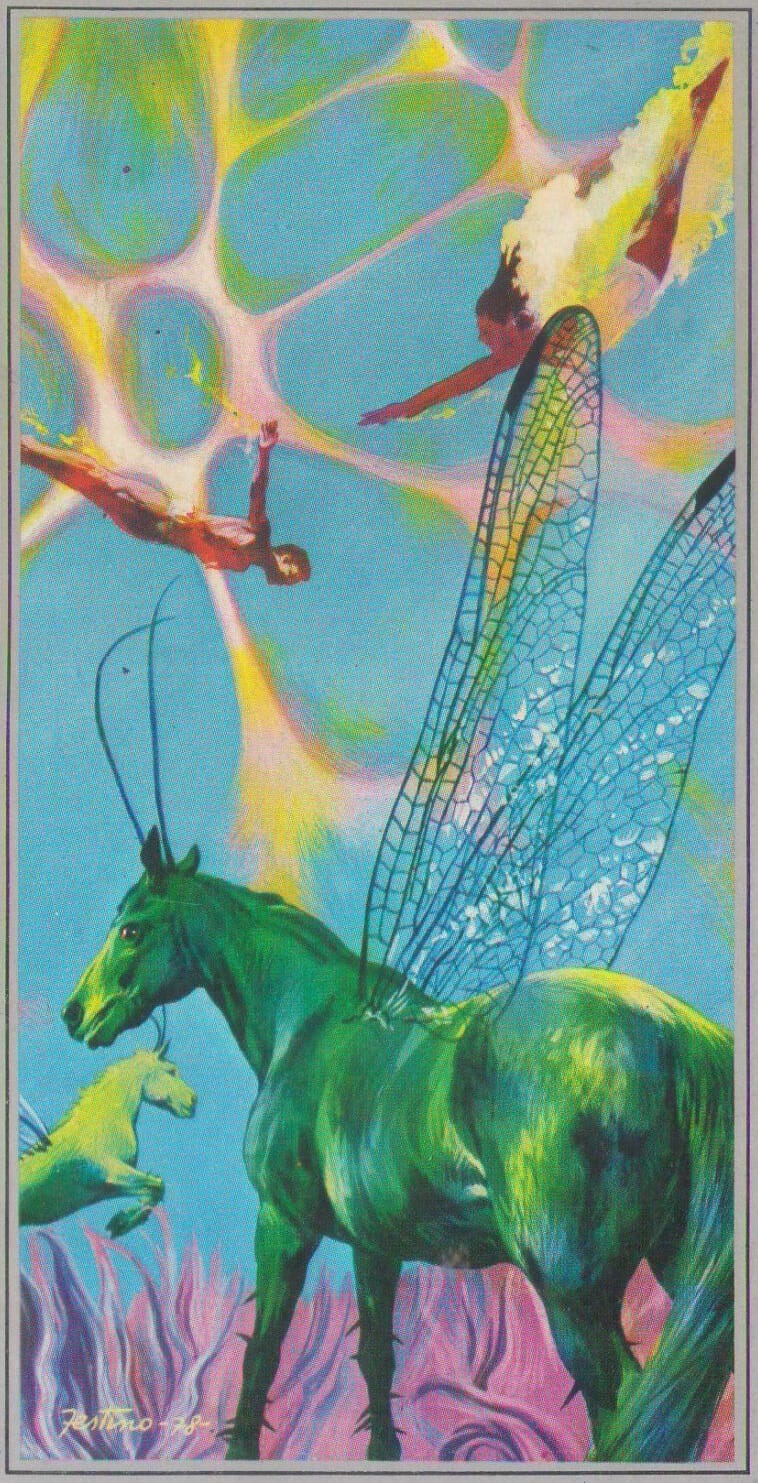
31 and 32.
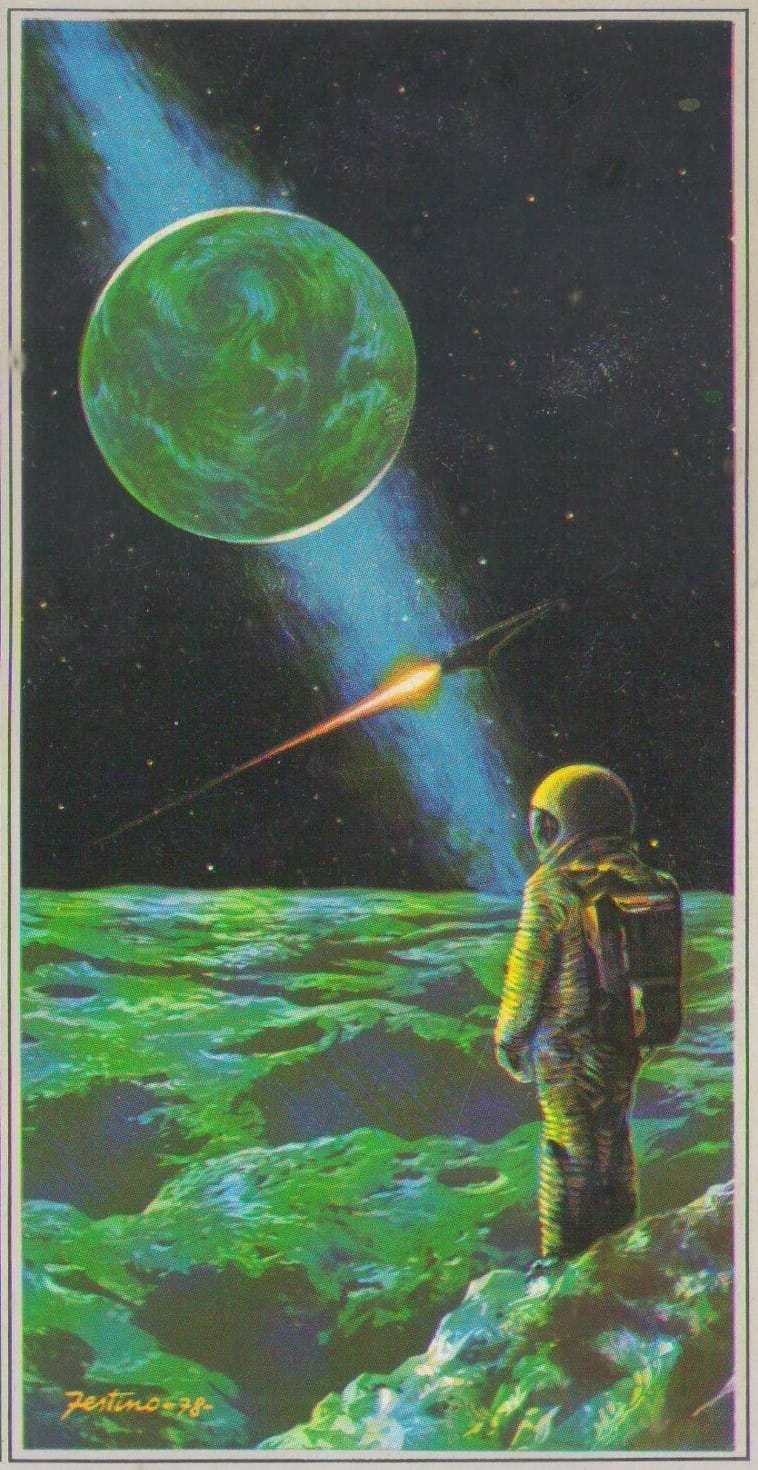

33 and 34. These last 8 or so covers are all top-notch - Festino's color choices and compostions are bolder in comparison to his earlier covers.

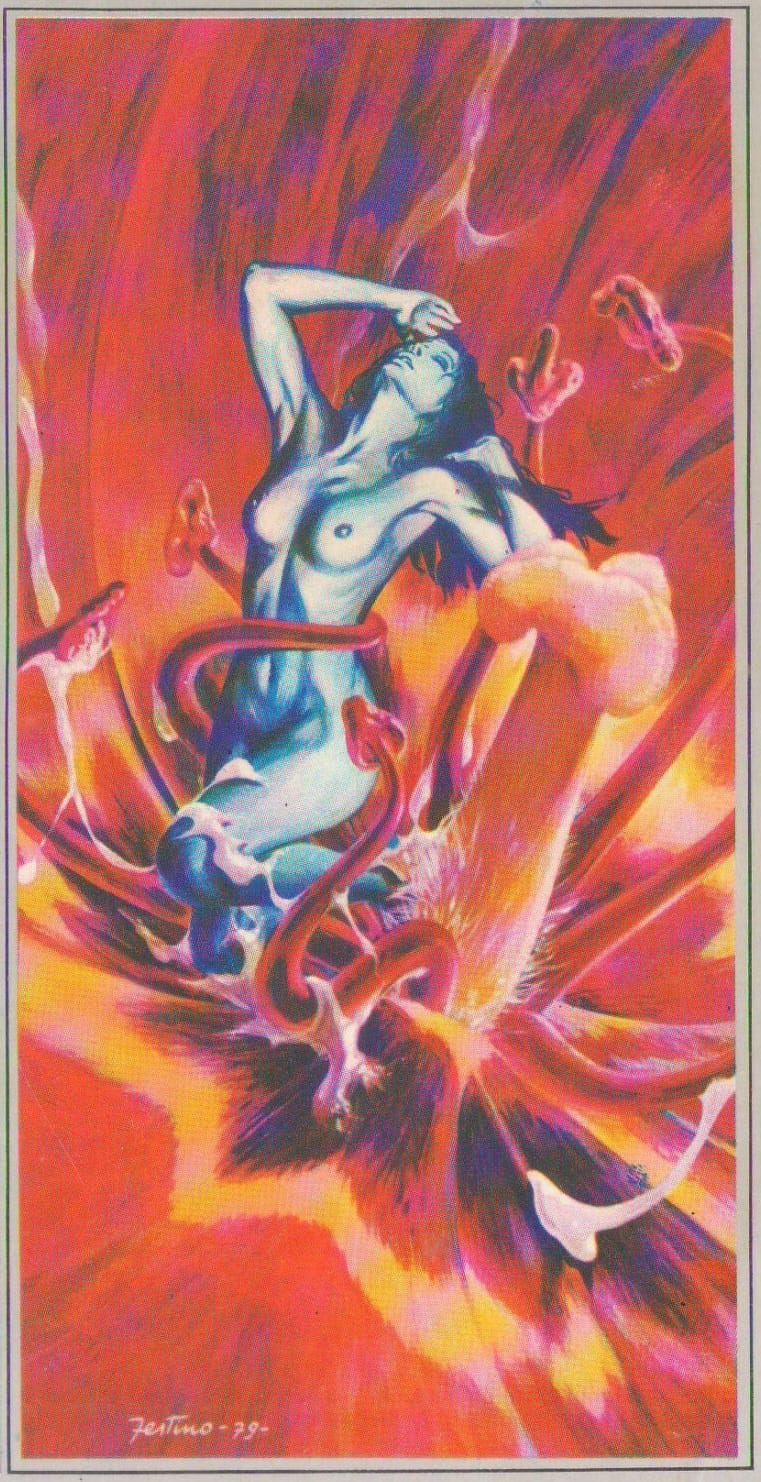
35 and 36. Some of these covers are NSFW, sorry I didn't mention earlier!
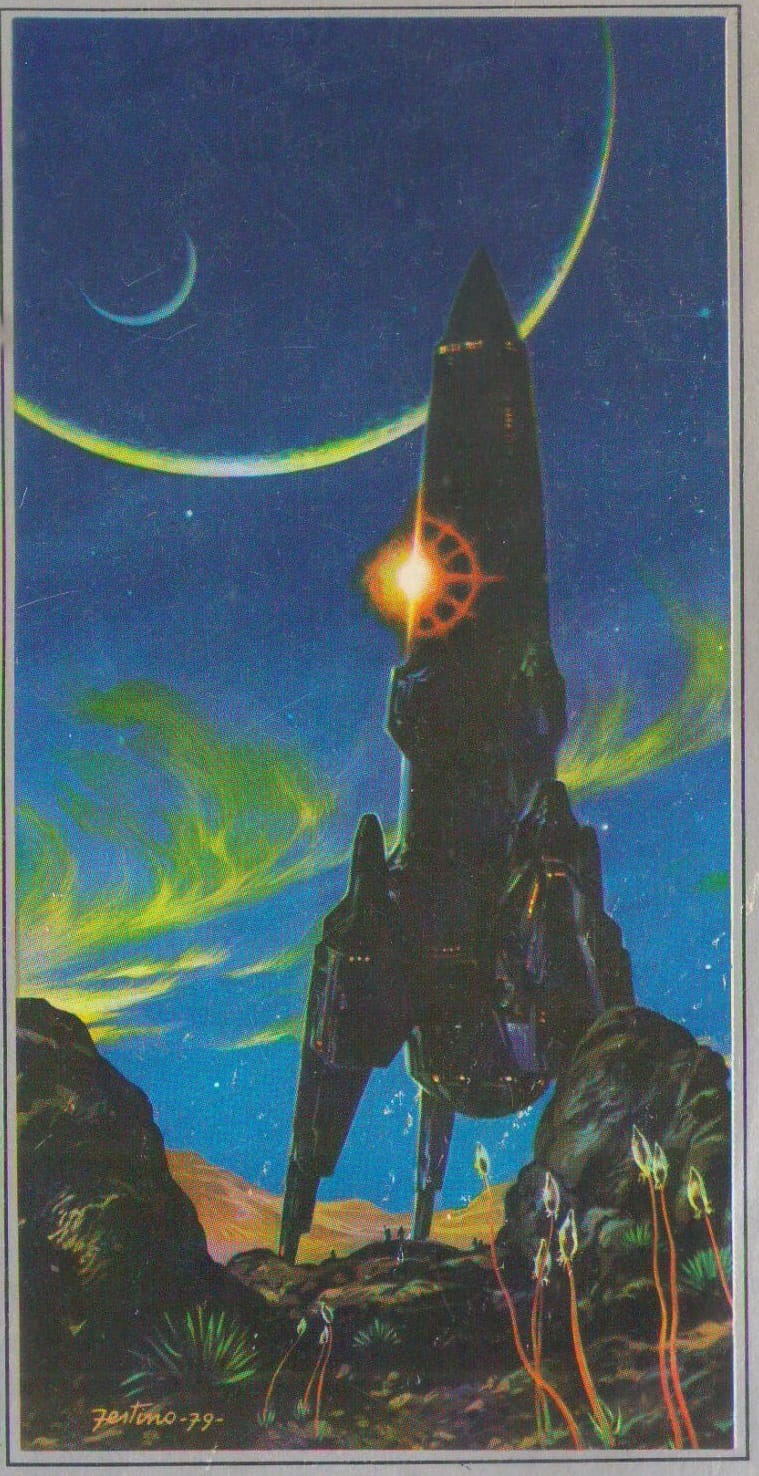
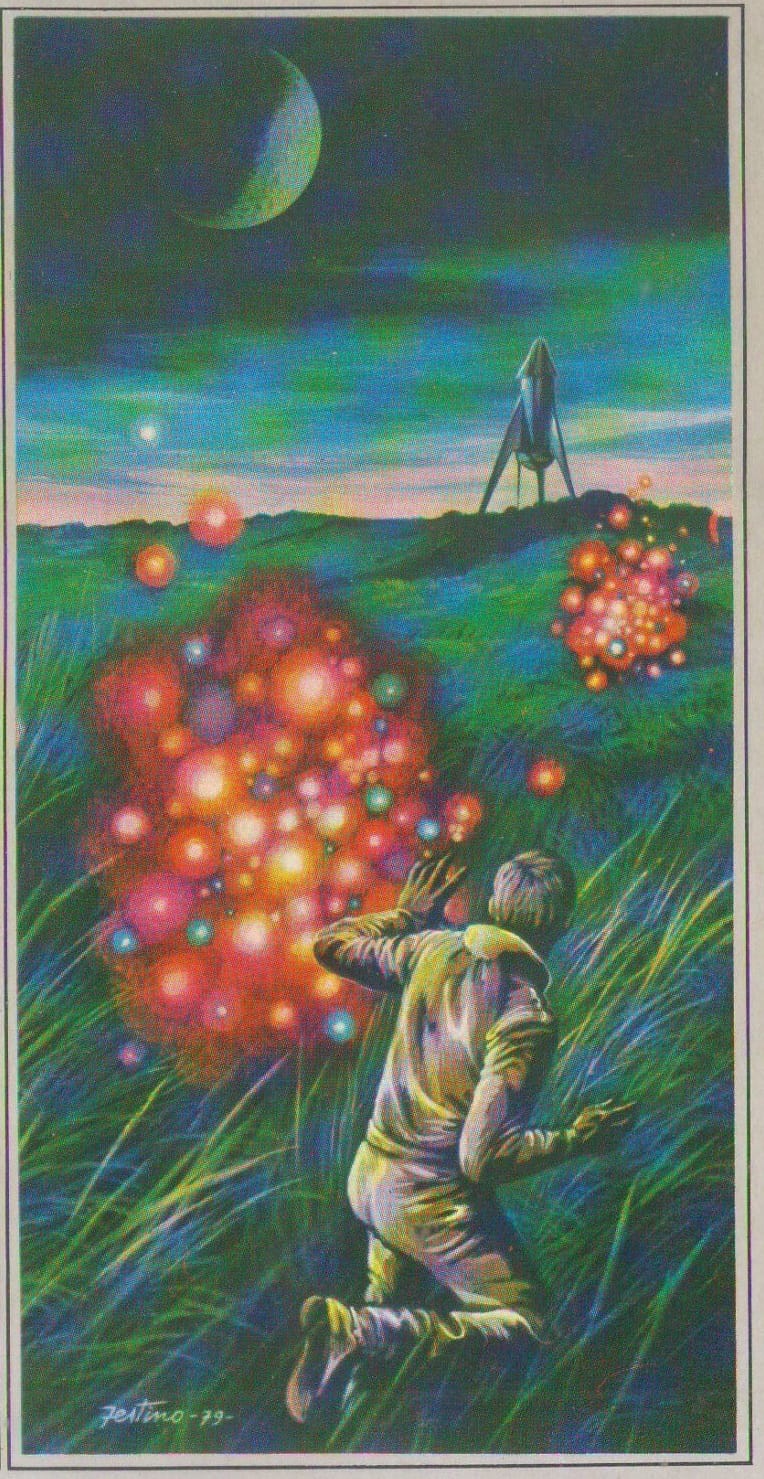
37 and 38. Great scenes here! Really firing on all cylinders.

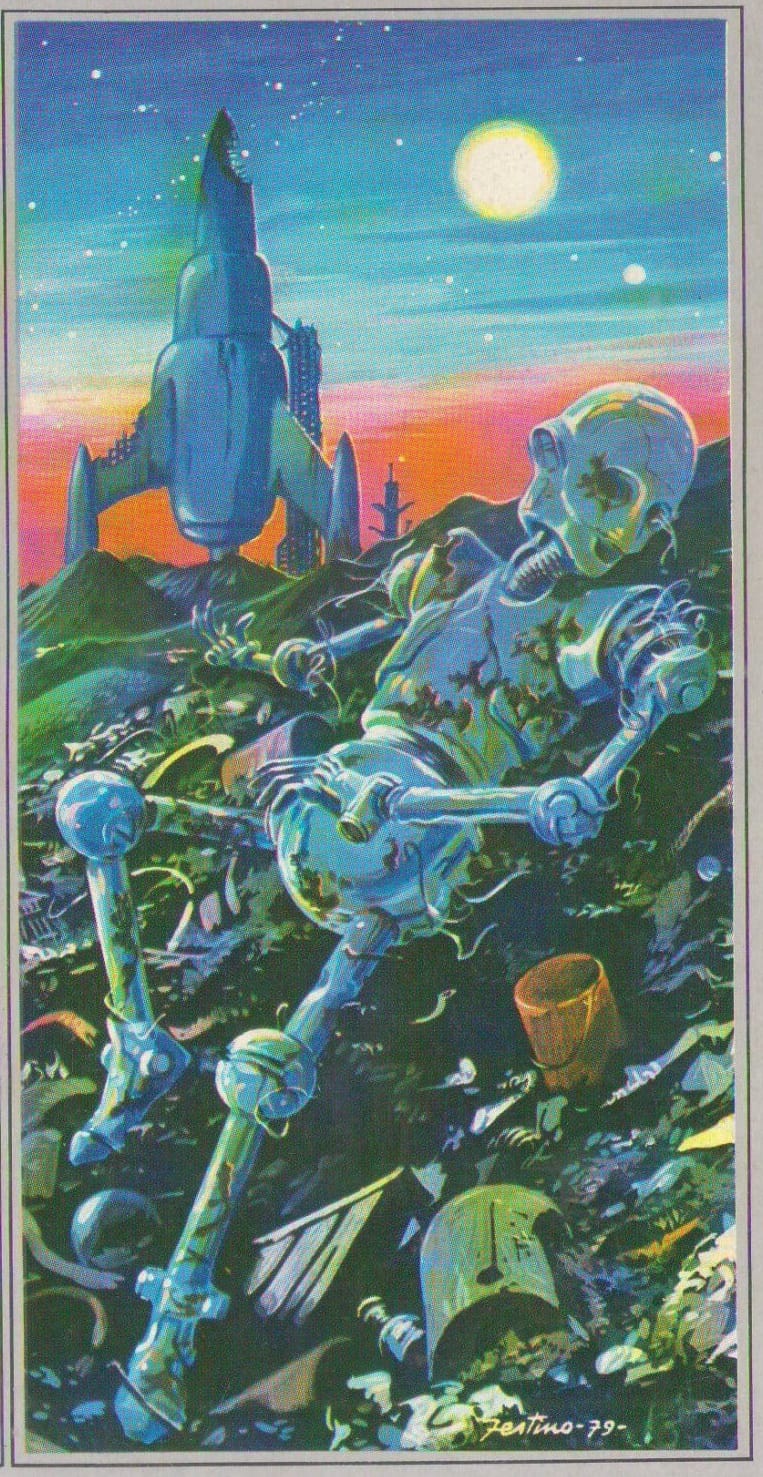
39 and 40. And with that, this magazine series is sadly over, ending with the not-so-subtle symbolism of a decaying robot on its final cover.
Next time: The legacy of Arnold Böcklin’s “Isle of the Dead”